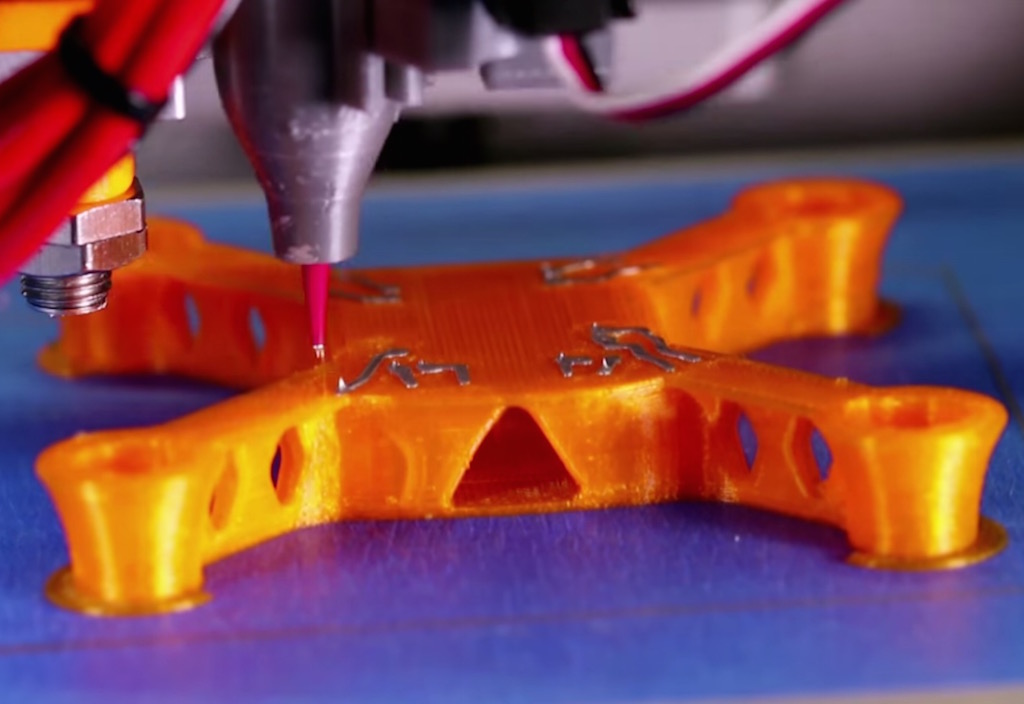
Startup company Voxel8 announced they’ve raised a massive USD$12M in a series A funding round.
The huge investment is comprised of funds from Braemar Energy Ventures, ARCH Venture Partners, Autodesk’s Spark Investment Fund and the mysterious US government security investment arm, In-Q-Tel.
These investors obviously believe strongly in Voxel8’s capabilities, both technical and managerial. But for readers who are not familiar with Voxel8, here’s what they are about:
Their technology involves a conventional plastic extrusion 3D printer, but with a special secondary print head that extrudes a proprietary electrically conductive substance developed by Voxel8. It’s essentially a dual-extruder 3D printer.
But the second extruder prints circuits.
The implications are huge. Imagine 3D printing an object, but one that already has electrical traces running through it – in three dimensions! You could, for example, print a quadcopter, and need only drop in a motor and batteries. The rest of the electrical infrastructure is already embedded in the print. This could vastly simplify the assembly process for many types of electronic objects.
Readers may be thinking: “Why not just print electrically conductive filament on any dual-extruder 3D printer? Wouldn’t this be exactly the same thing?”
The answer is probably not, because the proprietary electrically conductive substance produced by Voxel8, which they call “Silver Ink”, is significantly more conductive than other options. Consider this table provided by Voxel8:
Resistivity
5.0 × 10-7 Ω-m
2.8 × 10-3 Ω-m
1.0 × 10-2 Ω-m
Material
Voxel8’s Silver Ink
Conductive Paste
Conductive Filament
That’s 5,000 times more conductive! Items printed with Voxel8’s technology require far thinner traces to achieve the same electrical function, ideal for applications such as quadcopters or anything with weight constraints. This is perhaps why they have investors such as In-Q-Tel and Mitre.
There’s another reason Voxel8 has an advantage: software. Currently, generally available 3D modeling software really doesn’t offer any easy way to embed circuit paths within an object during design. Voxel8’s software is intended to do this in conjunction with their printer.
What will Voxel8 do with this cash hoard? It’s not clear from their press release, but we suspect it will be used to increase their research activities to refine the product, as well as develop their sales and marketing reach. Currently, they are a small startup and this funding gives them the ability to implement almost anything they require.
Via Voxel8

